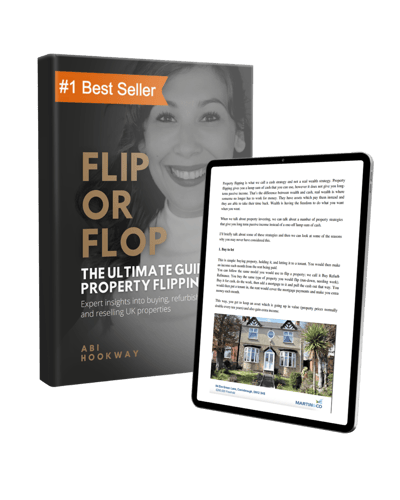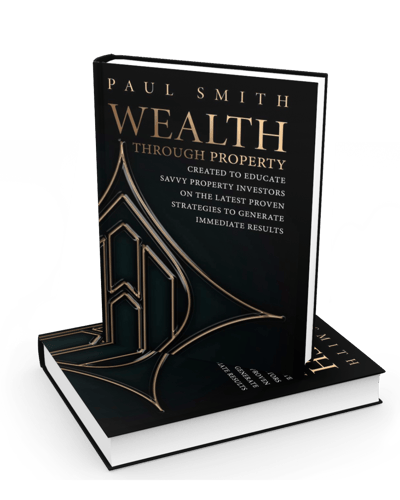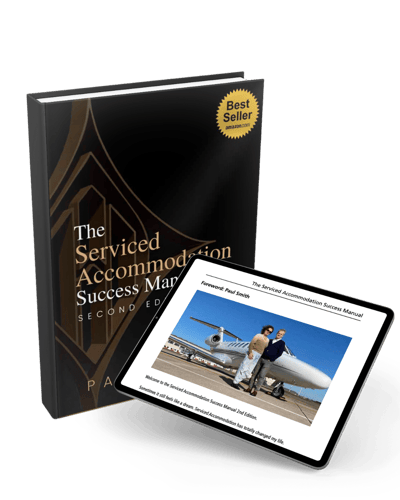Creative finance in property investment involves using specialist tactics in order to limit the amount of money that you have in a deal.
Instead of relying on cash or banks to fund projects, using creative financing means investors can lean heavily on other forms of investing.
What creative financing strategies are available in order to maximise returns? This blog post explains.
What is creative financing?
Creative financing has enabled many investors to get started in property with little or no money.
It opens the opportunities to investors to purchase and secure deals. It means that investors can buy houses, apartment or commercial property where a cash deal is not suitable or feasible.
It is entirely achievable to purchase a house while leaving the seller’s loan in place or make large amounts of money from a property without ever owning it.
These creative financing strategies focus on “terms” rather than price only. When buying on terms it means that the seller often doesn’t receive the bulk of the proceeds of the sale up front, instead receiving a small payment initially and are paid in instalments then after.
What are the types of creative financing strategies?
There are a number of different types of creative financing available. These include:
Subject To
Buying a property which is subject to the existing financing is arguably the most lucrative creative financing strategy available.
This is a straight-forward strategy and means that the buyer simply takes over the seller’s balance and monthly payments.
It is possible to structure a subject-to deal to acquire a house whilst not spending any money. Assuming that the home’s market rent and the loan payment is a relatively large spread, monthly cash flow can be added as profit to your finances.
Although a traditional subject-to transaction consists of the buyer simply taking over the seller’s loan balance and payments, you can offer the seller some cash on top of that as an extra concession. If the seller has a decent amount of equity in the home and it is in good shape, it is likely to make sense and allows you (the buyer) to close more deals.
Wraparound Mortgage
If the seller has a large amount of equity in the home and you don’t want to pay a lump sum then a wraparound mortgage is a great solution.
When structuring a wraparound mortgage, a new loan is created between the buyer and the seller with its own principal amount, interest rate and term length. Typically, the new loan’s principal amount and monthly payment are adjusted to be larger than the values of the original loan.
The strategy is so named because the new loan “wraps around” the existing mortgage and covers it. The monthly payment is at or above the original payment, so the first payment goes to the seller’s mortgage payment and the seller keeps what is left over.
This also applies to the principal amount. The beginning principal amount of the new loan is the purchase price of the house minus the down payment. When the buyer refinances the home or sells it, part of the proceeds go toward paying off the principal amount left due to the seller. They then use these funds to repay the original loan.
Seller Carry-Back
Seller carry-back means that instead of covering an original mortgage, a new loan is created with the seller and is the only debt that is tied to the property.
To structure this owner-financed deal, you create a loan with the seller instead of going to a lender for the funds to purchase a house. The seller doesn’t have to provide the funds for the purchase, just deed the property in exchange for a promissory note that explains the amount will be paid back with interest.
The primary terms of a seller carry back deal are purchase price, down payment, interest rate, term length and balloon length. Unlike a conventional lender, all of these terms are completely negotiable and can be adjusted to meet the needs of both parties.
Lease Option
Lease option is slightly different to the creative financing strategies. Whereas these are associated with owner financing, lease option involves buying on terms by paying the seller the purchase price over time.
A lease option is a lease agreement combined with an option to purchase agreement. It allows the tenant-buyer to lease a property and buy it a future date for an agreed-upon price.
The beauty of lease options comes when multiple properties are involved. The first step in implementing a sandwich lease option is to get an agreement with a homeowner to lease the property with the option to buy it in future. You are then responsible for finding a tenant-buyer that wants to buy the home with the same type of agreement.
The average tenant-buyer is someone that wants to buy a home but needs time to get their financing in order to qualify for a loan.
The goal when staying in between the seller and the tenant-buyer is to make a profit from the difference in each of the amounts. There are three ways to profit from the lease option: upfront from the option fee, during the term from the rent, and at the end from the purchase price.
Joint venture
A joint venture is an investment partnership of several parties, such as investors, builders, developers and finance companies. In these investment opportunities, experienced investors have the opportunity to contribute capital and work with property developers on a range of projects, from large-scale developments to small regeneration projects. The projects may be funded by multiple investors involved in the project or as part of an exchange, for example parties reaching a collaboration agreement for example as part-cash, part-labour.
BRRRR Method
BRRRR stands for ‘Buy, Refurb, Rent, Refinance and Repeat’.
This typically involves working with traditional lenders and is used in order to do more deals and increase their ROI.
It is primarily used to buy multiple rental properties while recycling the working capital. It involves the following steps:
Buy a house at a discount that can be improved in value
Refurbs the property to maximise the value and rent price
Rent the home for market value
Refinance the property based on the new value and use the proceeds to replenish the capital used to purchase and refurbish it
Repeat the process
What are the benefits of creative financing?
Creative financing can provide benefits to both buyers and sellers. While these solutions may not fit every deal, understanding the advantages mean that you can help sellers and close more profitable deals.
It helps property investors to achieve the goal of growing money as quickly as possible. If tracking investment success based on cash-on-cash, these creative strategies provide a great advantage. It maximises the return on capital as these techniques limit the money that each deal has needed.
Most of these strategies have left the seller’s existing loan in place. This will enable you to capitalise on a lower interest rate than you could get on a new loan. This is smart as interest rates have risen rapidly over recent months.
Using these strategies will ultimately allow you to do more deals. Although cash offers are simple, they aren’t always the right solution for the deal.
Touchstone Education founder, Paul Smith said: “It is simple and easy to quickly build a property portfolio with creative financing strategies. By utilising strategies like joint venture and lease option income you can attract the best deals and make property investment work for you.”
Wealth Through Property is the UK’s leading 2-day property investment course. It is designed to provide you with specialist knowledge of proven investor strategies. Learn how to get started and build your property portfolio and gain real-world advice.
Alternatively, make the first steps on your property journey, claim your free Wealth Through Property e-book.
To find out more information about the property investment courses we offer call us on 01302 897131 or email office@touchstoneeducation.li.










